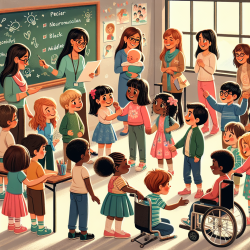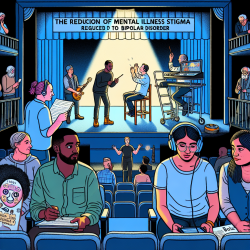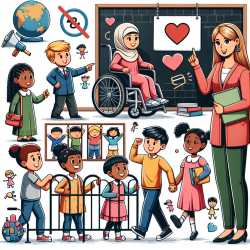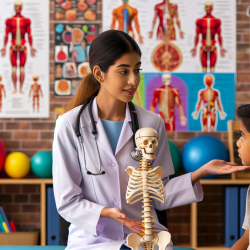Introduction
Bullying is a pervasive issue that affects many children, but those with neuromuscular conditions face unique challenges. Recent research titled Perspectives on and Experiences With Bullying From Youth With Neuromuscular Conditions provides valuable insights into these experiences. As practitioners, understanding these nuances is crucial for fostering supportive environments and improving outcomes for these youth.
Key Findings from the Research
The study identified four overarching themes from interviews with youth with neuromuscular conditions:
- Stigma-Based Bullying: Participants experienced bullying due to socially devalued characteristics related to their conditions.
- Resilience: Despite bullying, participants demonstrated resilience, often supported by peers and family.
- Support Systems: Youth identified both helpful and unhelpful supports in dealing with bullying.
- Proposed Interventions: Participants suggested interventions to mitigate bullying, emphasizing education and peer support.
Implementing Research Outcomes in Practice
Practitioners can leverage these findings to improve their support strategies:
- Promote Education: Educating peers about neuromuscular conditions can reduce stigma and bullying. Encourage schools to implement educational sessions that allow for open discussions and questions.
- Foster Resilience: Support resilience-building programs that focus on mastery, relatedness, and emotional reactivity. Encourage youth to develop problem-solving skills and seek support from trusted individuals.
- Enhance Peer Support: Facilitate peer support groups where youth can share experiences and strategies. Peer counseling has been shown to be effective in reducing bullying impacts.
- Encourage Self-Advocacy: Empower youth to advocate for themselves by providing them with tools and strategies to address bullying situations.
Encouraging Further Research
While this study provides a foundational understanding, further research is needed to explore resilience-building and the effectiveness of specific interventions across different populations. Practitioners are encouraged to contribute to this growing body of knowledge by conducting studies that explore diverse strategies and their impacts on bullying experiences.
Conclusion
Understanding the unique experiences of youth with neuromuscular conditions is essential for practitioners aiming to mitigate bullying. By implementing educational programs, fostering resilience, and enhancing peer support, practitioners can create more inclusive and supportive environments for these youth.
To read the original research paper, please follow this link: Perspectives on and Experiences With Bullying From Youth With Neuromuscular Conditions.










